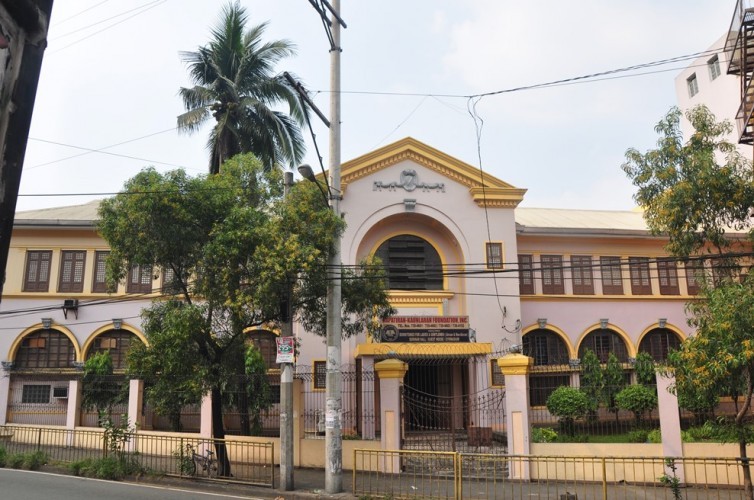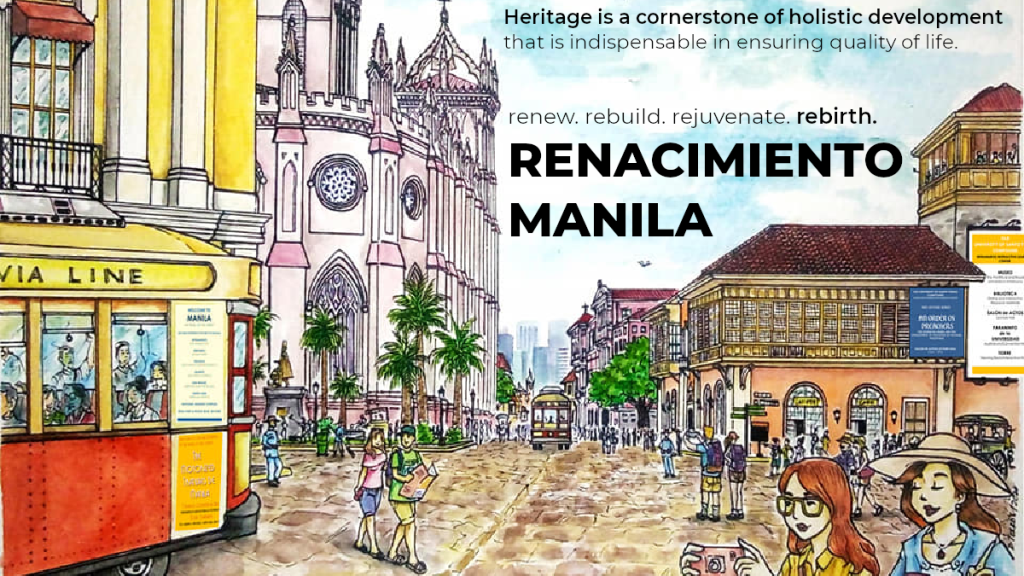Article by Arch. Carlos Cucueco III, Art by Angela AP
14 March 2021
As one passes through Lerma Street, an access that connects the districts of Sampaloc and Quiapo, one can notice an odd structure among modern establishments. This structure is a two-storey building that has an aura of heritage just by looking at the façade.

After the Second World War, the social conditions in Manila have convinced an American Methodist missionary, Madaleine Klepper, to establish one of the earliest non-government organizations which focuses on social issues in the Philippines – the Methodist Social Center (MSC). To establish their operations, the organization has acquired a lot that is currently located at Lerma Street. Inside the lot, several structures were built for the use of the MSC like their Mission House, a chapel for their services and the Hugh Wilson Hall which serves as a dormitory for women. In 1971, the organization was reorganized due to the expiration of the Laurel – Langley Agreement and became the Kapatiran – Kaunlaran Foundation Inc. (KKFI).
Compared to other structures of the KKFI Complex, the overall architectural integrity of the Hugh Wilson Hall is still intact and retains its original purpose of being a dormitory for girls until today. As of this writing, the architect of this building is still unknown as well as its construction period. The façade of the building has the proportions of Renaissance structures and has neoclassical ornaments. One of the features that makes the building fit to the local setting is the use of capiz shells for the windows. The form of the building also reminds us of educational and medical structures built during the American occupation.
We are fortunate to have another heritage structure in Manila that still functions with its original purpose. Currently, the popularity of condominiums as dormitories for students challenges the status quo of Manila’s urban landscape with the uncontrolled construction of new condominiums. We hope that in the following years, little known heritage sites such as the Hugh Wilson Hall will not be a victim to the unwanted changes of Manila’s urban landscape. What we can do instead is to promote, protect and rejuvenate these little-known heritage sites so they can serve as a connection between the grand history and the promising future of Manila.
Sources

The Renacimiento Movement. What, then, is the Renacimiento Movement? The movement is the core philosophy of the organization. It is founded on the reality that heritage is a cornerstone of holistic development and that it is indispensable in ensuring quality of life. As such, cultural revival is necessary for the promotion of heritage in the national agenda. Heritage should be driven by the people, regardless of race, gender, creed, or religion. This cultural revival can be achieved through the following ways: government support, the advancement of private initiatives, and the engagement of the people.
